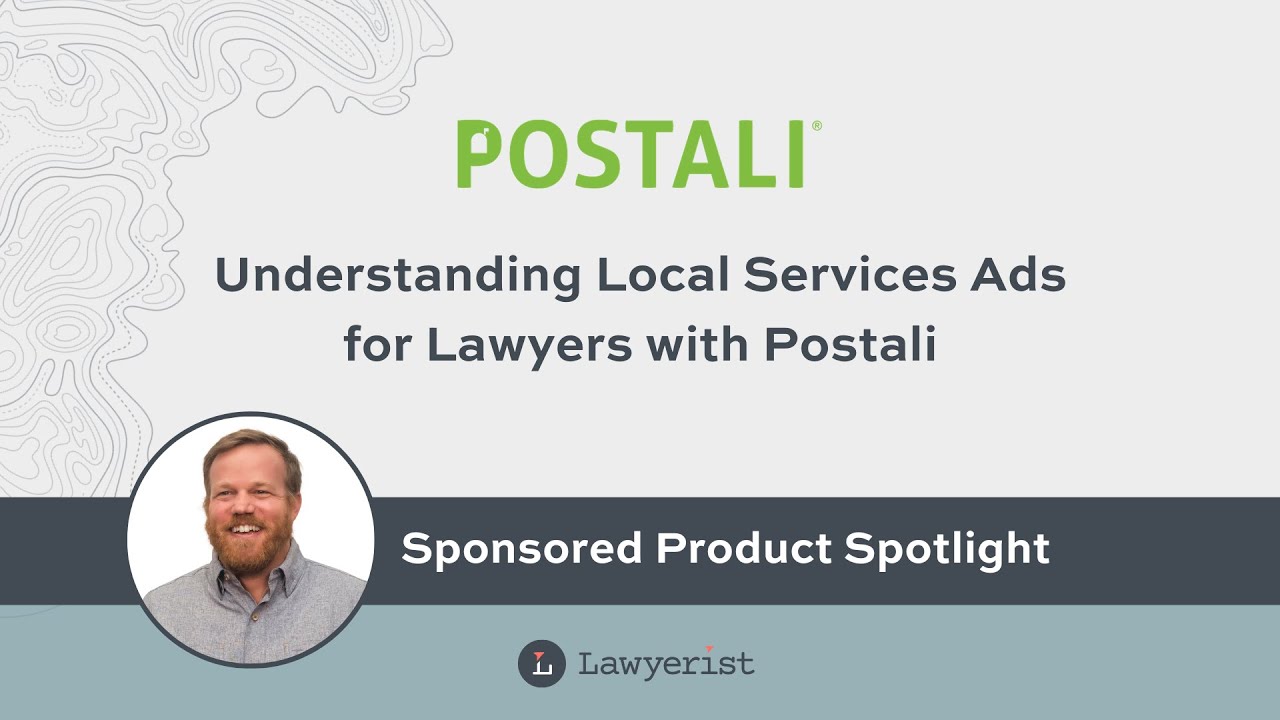1 – Introduction
The competitive landscape of eCommerce continues to evolve. To be successful in the industry, you may need the assistance of a chief marketing officer (CMO). A CMO is uniquely qualified to create and execute a customized marketing strategy for your business to generate revenue and scale as growth occurs. Let’s look at what a CMO can do for eCommerce businesses and how they do it.
Understanding a Fractional CMOs Perspective
Working as a part-time or temporary independent contractor, a fractional CMO’s perspective revolves around four key components. They include offering strategic marketing leadership, reaching short-term targets, optimizing various resources, and doing all of this and the associated tasks with an objective lens. For businesses seeking high-level marketing expertise that does not require a full-time employment obligation, a fractional CMO is the logical solution.
The Unique Challenges and Opportunities of SEO for eCommerce Businesses
To be successful with SEO for eCommerce businesses, there has to be a comprehensive strategy. It should focus on user experience (UX), content optimization, keyword targeting, and technical issues to keep the website functioning smoothly. Other issues of concern include understanding and evolving with SEO trends and changes to algorithms to stay competitive.
2 – The Role of a Fractional CMO in eCommerce SEO
A fractional CMO must develop strategies and plans then execute them correctly to reach specific goals. Here’s what that looks like:
Merging Strategic Oversight with Actionable Steps
Success is achievable when action plans go in motion. A fractional CMO can translate high-level strategic goals into achievable tasks. These tasks can then be put in motion by teams or individuals in-house.
The Importance of ROI and Conversion-driven SEO for eCommerce
The strategies that focus on ROI (return on investment) and conversion-driven SEO for eCommerce target primary goals. The goals are to increase revenue and maximize profit. SEO efforts designed with these goals in mind keep you competitive and lead to scaling.
3 – Foundations of eCommerce SEO: Technical Best Practices
As a fractional CMO has various skills, one important one is a complete understanding of technical best practices. These elements include the following:
Site Structure and Navigation
Site structure and navigation will impact how users engage with your eCommerce website. Some strategies can improve the UX when put to use. Here is a look at two key parts of the equation.
Hierarchical Structure for Easier Crawling
Search engines also need to find their way around your eCommerce website. One of the best ways to do this is with a well-organized, hierarchical structure. Following this best practice improves the SEO-friendliness of your site and also enhances UX. Both will play roles in attracting and retaining users and improving search engine rankings. This works to increase the visibility of your website.
Importance of Breadcrumbs for User Navigation
Breadcrumbs offer context which produces faster and more efficient website exploration. This cuts down on bounce rates and contributes to a better UX. With the correct use of breadcrumbs, they prove their value by increasing user engagement and improving user satisfaction.
Mobile Optimization
Since handheld devices are growing more popular daily, an eCommerce site must be mobile-friendly to remain competitive online. Here’s why and how to make that happen.
The Ever-growing Significance of Mobile Shopping
The convenience and accessibility associated with mobile shopping have made it a dominant force in the retail industry. With ongoing advances in technology, this is only going to keep growing. Businesses that provide a user-friendly and seamless mobile shopping experience can capitalize on this rapidly growing trend.
Accelerated Mobile Pages (AMP) for eCommerce
The open-source framework called Accelerated Mobile Pages (AMP) was made by Google to optimize page loading speeds and performance of web pages when accessed by mobile devices. For eCommerce sites, AMP enhances the UX to increase both conversion rates and search engine rankings.
Site Speed and Performance
Site speed and performance have a major impact on UX. Both can harm or improve engagement and revenue generation. Here’s how a fractional CMO can turn these into positives for your eCommerce business.
Utilizing CDNs, Image Optimization, and Browser Caching
Content Delivery Networks (CDNs), image optimization, and browser caching all improve website performance. They do this by reducing page load times, which improves the UX. When these strategies are put in motion, a better UX tends to increase engagement and search engine rankings.
Tools Like Google Page Speed Insights and GTmetrix for Performance Checks
These tools are effective in monitoring performance and website optimization. They give website owners data to help gauge and increase the loading speed of the website, the UX, and the entire performance of the site.
4 – On-page SEO for Product Listings
On-page SEO and product listings are SEO tactics that are visible on a web page. They play a role in both UX and SEO.
Keyword Optimization
One of the basic building blocks of SEO Best practices is keyword use. Keywords will always be a vital part of SEO because they provide a simple means to target specific audiences. Here’s how a fractional CMO approaches keywords for eCommerce websites.
Researching Buyer-Focused Keywords
Buyer-focused keywords assist in driving targeted organic traffic to a website. As keywords tend to change along with shopping habits, the process for keywords is ongoing. This is because market trends and search engine algorithms evolve and so should the keywords used to attract and retain traffic to your website.
Incorporating Keywords Naturally in Product Titles, Descriptions, and Meta Tags
When keywords are used effectively such as appearing naturally in product titles, descriptions, and meta tags, they help your eCommerce website by improving SEO and attracting more targeted traffic. Both of these contribute to increasing engagement and fostering better UX.
Rich Snippets and Schema Markup
There are more on-page SEO tactics that a fractional CMO can implement to enhance the functionality of your eCommerce site. They include the following examples:
Using Structural Data To Enhance Listings in SERPs
Structural data, also known as schema markup, gives search engines specific data about web page content and assists them in better understanding the content found on each page. It often results in the display of knowledge panels, rich snippets, and other features in SERPs.
Implementing Product Reviews, Ratings, and Prices in Search Results
When product reviews, ratings, and price information appear in SERPs, it not only makes your eCommerce listings appear more appealing to users, but it also increases the trustworthiness of your site. This leads to an increase in click-through rates, higher visibility, and brand loyalty.
High-Quality Images and Videos
Images and videos enhance a website but a fractional CMO knows how to utilize high-quality visual content to increase SEO. Here are a few examples of how that is done.
Importance of Alt Text for Product Images
Alternative text, or alt text, is text that is brief and descriptive. It is added to images on a web page that provides more information to users and increases SEO. It can also contribute to better engagement and conversions.
Utilizing Video Content to Enhance Product Understanding and Improve Dwell Time
Video content not only acts as an educational tool teaching users more about a specific product, but if the video content is interesting, it engages with website visitors causing them to spend more time on your web pages. The more informed a consumer is, the more likely they are to make better purchase decisions.
5 – Off-Page SEO and Building Authority
Off-page SEO employs various tactics outside of your eCommerce website to drive traffic to it. A fractional CMO has several tricks at their disposal to make this work.
Link Building for eCommerce
Link building is one of the most popular off-page SEO tactics. Here are a few ways to achieve links in places that can generate targeted traffic to your site.
Leveraging Product Reviews and Influencer Collaborations
Social proof is what you are aiming for when you leverage product reviews and collaboration from online influencers. It results in reaching a larger audience with others doing the work for you. These strategies are successful as they can boost the credibility of your brand, increase traffic, and generate sales.
Guest Posting with a Focus on Products and Industry Expertise
Guest posting is a superior form of content marketing as it assists in establishing authority within your niche market and expands the audience you are reaching. Plus, guest posting is a simple way to give your eCommerce website additional promotion.
Brand Reputation Management
The reputation of your brand is vital in leading to the success of your eCommerce website. There are a few SEO tricks that can assist with this that a fractional CMO can implement. They include the following:
Encouraging Positive Reviews
Positive reviews enhance the credibility of your brand. They also assist in building trust with prospects. By providing top-notch customer service and high-quality products, good reviews should come naturally keeping them honest and authentic.
Handling Negative Feedback and its Impact on SEO
While honest, positive reviews are the primary goal, there will be times when negative reviews will occur. The way you deal with them will be critical in the maintenance and management of a positive online reputation. The downside to negative reviews is that they can have an impact on search engine rankings along with your brand image. Negative reviews are a natural part of doing business, but how you handle them is important. By being professional, attempting to fix issues, and striving to always improve, you can reduce the adverse effects of negative feedback.
6 – User Experience (UX) and Conversion Rate Optimization (CRO)
Both the UX and CRO are crucial to how users interact with your eCommerce website. To enhance their engagement, a fractional CMO will work on three key components. They are as follows.
Seamless Checkout Process
A seamless checkout process provides customer satisfaction and an increase in revenue. However, it requires a user-centric approach that includes a simple, easy-to-use system, convenience, and transparency. These factors can decrease cart abandonment rates and enhance the shopping experience.
Importance of Trust Signals: SSL Certificates, Trust Badges, and Clear Return Policies
Trust signals tell customers and potential buyers that your eCommerce website is not only secure but reliable. They build trust, confidence, and loyalty.
A/B Testing for Continuous Improvement
A/B testing is a process of systematic tests and optimization of various parts of your eCommerce website. The information gathered from the ongoing process permits you to make decisions based on data that can lead to a better UX, more conversions, and a more successful business.
7 – Local SEO for Brick-and-Mortar Plus Online Stores
Local SEO is another primary focus of a fractional CMO. Brick-and-mortar storefronts offer access to your brand and increase brand awareness. Here are two ways local SEO can impact your eCommerce website.
Optimizing for “buy online, pickup in-store” Trends
If you are about to add convenience and flexibility for your customers, one great way to achieve those goals is through “Buy online, Pickup in-store” (BOPIS). This increases foot traffic to your storefront and enhances the shopping experience for your customers. Utilizing this trend will give your business a competitive edge.
Importance of Google My Business for Physical Store Locations
Another vital tool for storefront locations is Google My Business (GMB). It helps you create a strong online presence, improve search result visibility, and give you a simple and handy way to engage with local customers.
8 – Challenges in eCommerce SEO: A Fractional CMOs Perspective
There are many challenges in eCommerce SEO. Here is how the main ones are viewed by a fractional CMO.
Balancing User Experience with SEO
The success of your eCommerce website relies on the balance between SEO and UX. The purpose of SEO is to bring organic traffic to your website by helping it rank well in search engine results. However, a positive UX helps you to reach your business goals while retaining those website visitors.
Navigating Algorithm Updates with a Large Product Database
To maintain visibility and search engine rankings, it is vital to keep up with algorithm updates. By evolving as algorithms shift and change, you can continue to offer relevant and high-quality content to your target audience.
Final Thoughts
The work of a fractional CMO is extensive. However, to be competitive and successful with an eCommerce website, you need the assistance of a qualified professional. That is a CMO.
—
Codrin Arsene has ten years of experience workingas a Fractional CMO in Minneapolis with dozens of e-commerce companies, including Sanctuary Clothing, Bella+Canvas, Sears & JCPenny.
The post SEO Tips for eCommerce Businesses From A Fractional CMO appeared first on Productivity Land.



